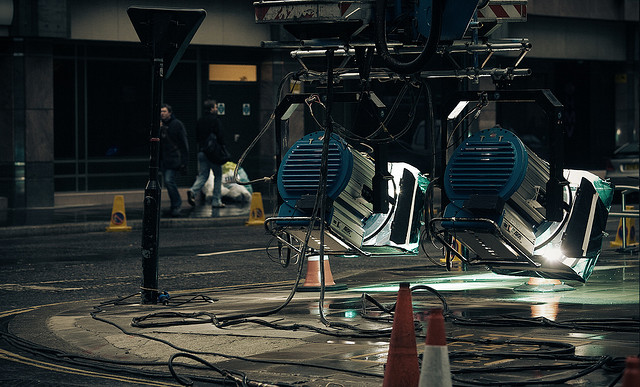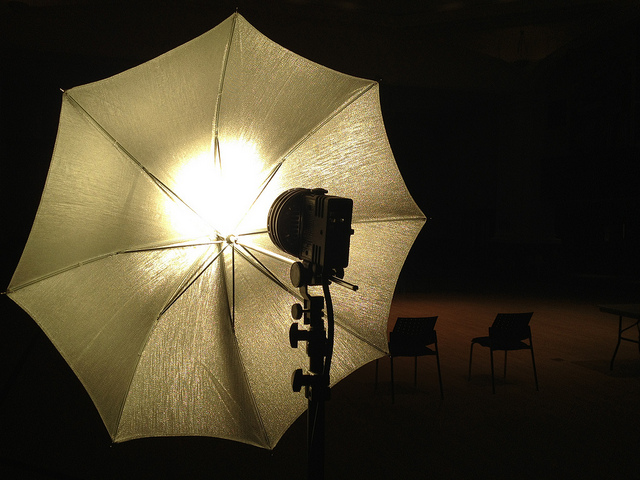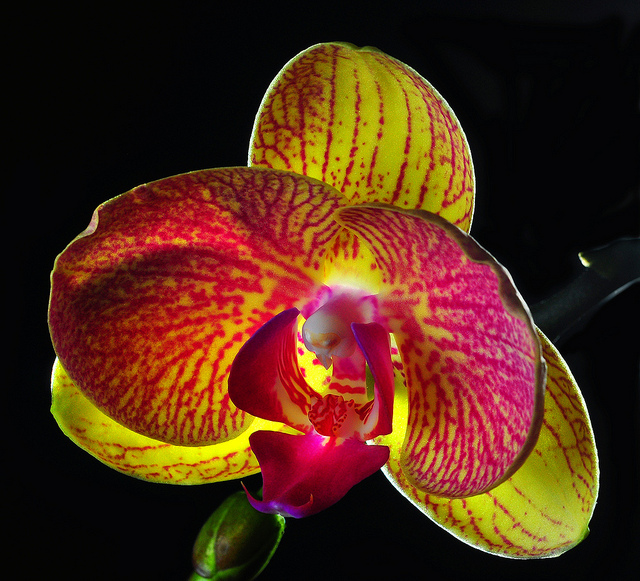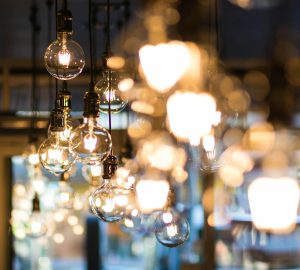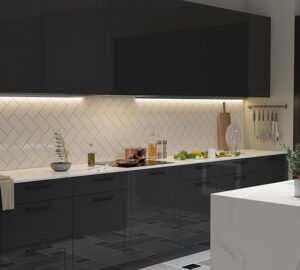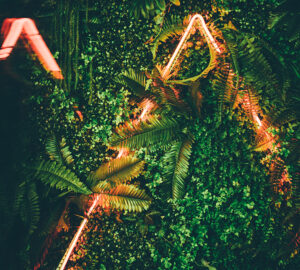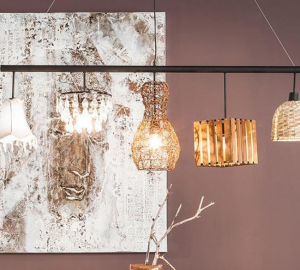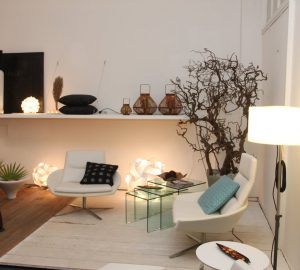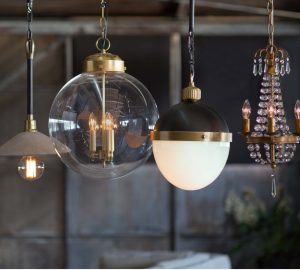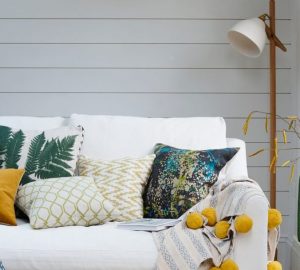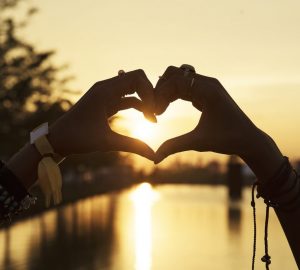Apart from cameras and sound equipment, one of the most important elements when shooting a film is the lighting. Various types are required to give films the visual impact – and reality – that the director and cinematographer seek, and if the set is not properly lit the result can be a washout.
The fundamentals of film lighting are contained in three small words: key, fill and back. Working with these will ensure your shoot is imbued with quality light and therefore connects on an emotional level with viewers and keeps them glued to your production.
Key Lighting
Key lighting refers to the main light used in the shoot and is utilised to bathe the subjects and scene in light in the way that the sun might do on a bright day outdoors. A number of key lights can be used during a shoot, especially if it’s a rolling shot with a lot of movement.
Normally the key light is positioned above the eyes of the subjects so that their features are clearly lit, and depending on the requirements of the cinematography, the light can be focused directly or diffused to give a softer glow. Filters, reflectors and screens can be placed on the light to create different atmospheres, and the light itself does not have to be white — for example, a yellowish light can lend an impression of sunshine to a scene.
In some cases, however, the key light(s) is placed below the subjects’ faces, creating sinister profiles suitable for mysteries or suspense. It all depends on what the scene calls for.
In addition, two kinds of key lighting create entirely different ambiences: high-key lighting blasts the scene in harsh light, giving high contrasts normally used in television sitcoms. The opposite is low-key lighting, which is popular with photographers but is also seen on television: it creates a tapestry of mood-shadows on subjects’ faces with usually only one light being employed to create the effect, which is often seen in horror movies. It can create a sense of anxiety in viewers, proving the importance of lighting in generating emotions.
If you just used key lighting and nothing else, you’d be left with a lot of dark background spaces in your shoot, including on subjects’ faces. That’s where the second necessary lighting comes in. Fill lighting does what you’d think it does: it fills in the dark areas with its weaker light.
Fill Lighting
The fill light, in effect, makes the lighting more realistic and more believable, as if the scene were shot in natural light alone. It eliminates some of the harshness of the key light and renders the scene natural. A fill light can be a reflector or a white card.
A variation used in filmmaking is negative fill. This is where light is absorbed, and is usually a sheet of black cloth positioned where the absorption is required. An example is if the director wants a subject’s face to be completely dark on one side while lit on the other.
Back Lighting
That brings us to the third light necessary to optimally light your shoot and make it professional: the back light. This light serves to “lift” subjects from the background and create a scene as realistic-looking as if you were there yourself instead of viewing a series of projected or transmitted images.
It’s also known as the hair light (sometimes shoulder light) due to the diffusing effect it gives off on actors’ hair. It has long been used in soap operas and generally gives the impression that the subject is a good and noble person as it creates a sort of halo around the person’s head.
The back light can be used to produce a range of effects, from silhouette to angelic, but overall it helps to create a more three-dimensional scene than if lights were only shining from the front, which would make the scene look flat.
The positioning of the back light is important. If placed too low it will cause lens flare – unwanted light overload – while if too high, subjects’ features will be distorted and elongated by lengthy shadows.
This is the standard three-point lighting used to create scenes on screens big and small. From here, it’s all down to creativity in manipulating the lighting in order to set the atmosphere.
This article was created by Andrei Kaminsky on behalf of CameraKings.co.uk, the one stop shop for all your video camera and DSLR equipment needs.
